New study: Protecting planted longleaf pine from severe winds
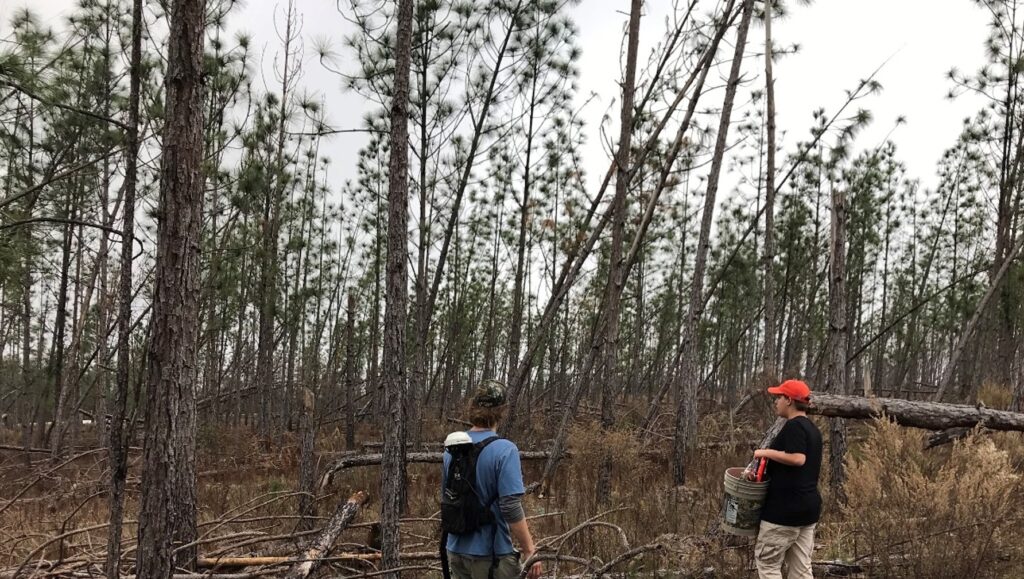
Planted stands of longleaf pine contribute to landscape-scale restoration of the ecosystem and the imperiled species it harbors. Yet frequent severe winds from hurricanes occur throughout its range. We surveyed planted stands of longleaf pine in the aftermath of Hurricane Michael. We found that damage increased with forest fragmentation and stands with increased taper were most resistant
Now hiring: Landscape Ecology Research Technician
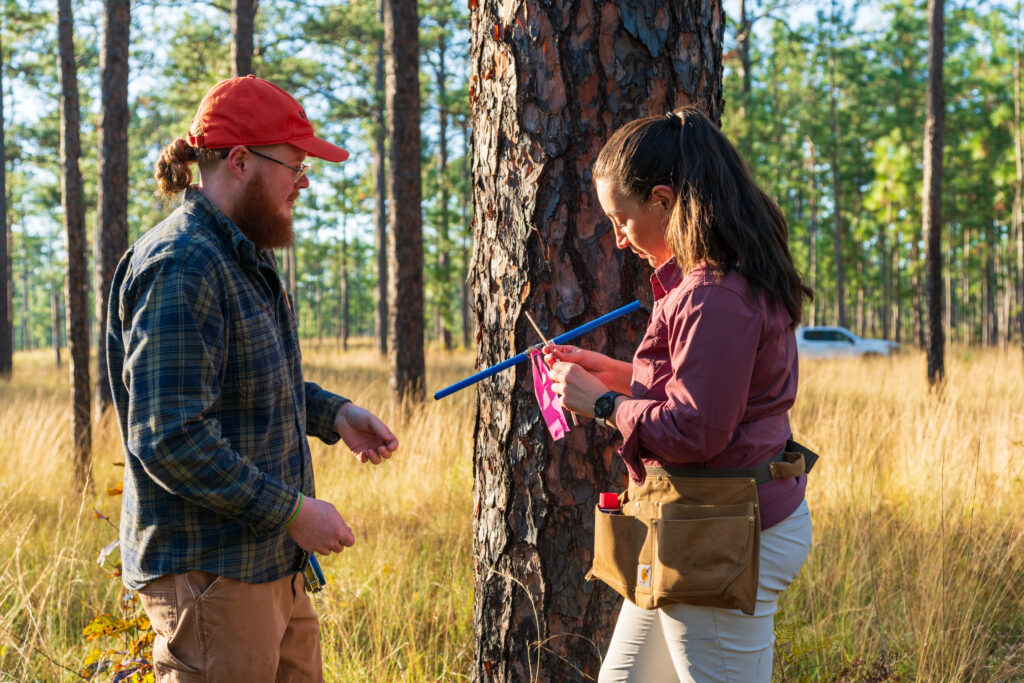
We are seeking applicants from motivated individuals for a Seasonal Research Technican to help with upcoming studies on disturbance ecology and restoration in longleaf pine! Applications are due April 5, 2024.
Pardon our smoke: Prescribed fire season ramps up in Georgia
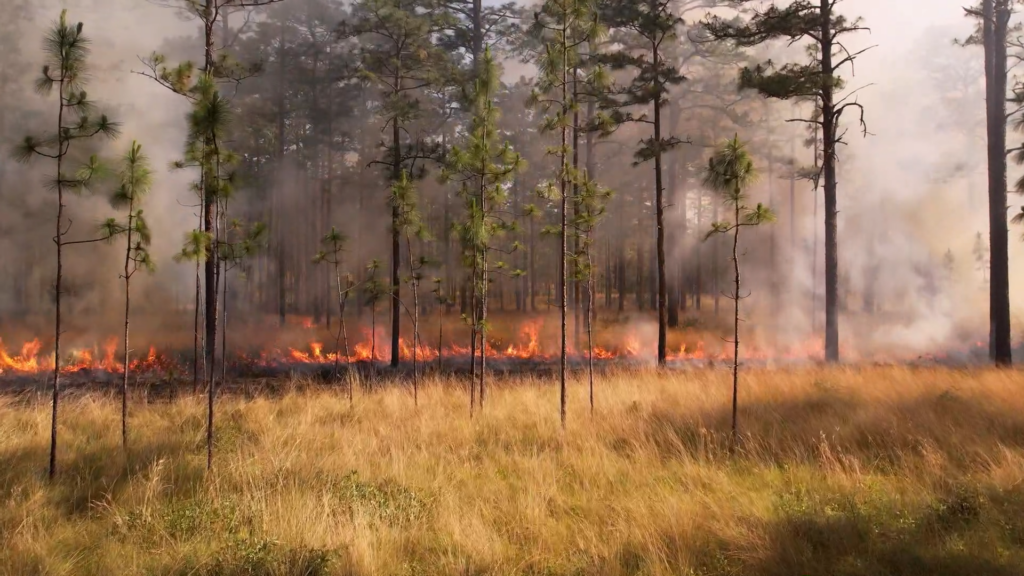
February and March bring “bluebird days” where weather conditions are perfect for using prescribed fire to help conserve and protect longleaf pine ecosystems and the native species they house.
Can off-site native pines accelerate longleaf pine restoration?
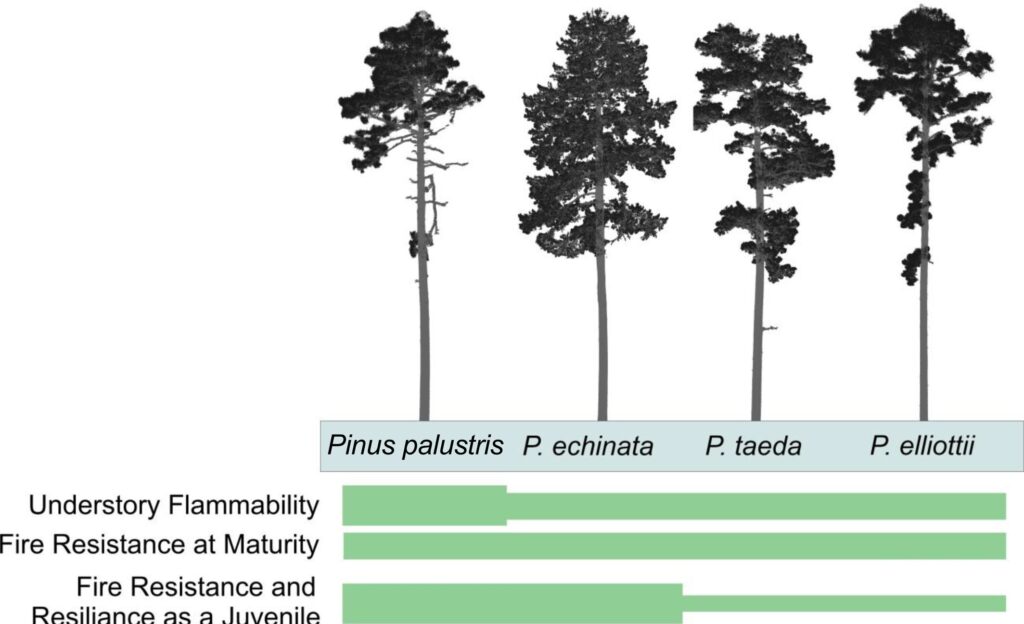
Meeting the pace and scale of longleaf pine restoration may require innovative solutions. Restoration of longleaf pine woodlands often starts with removal of native pines, prior to re-establishing longleaf pine. Here, we review functional similarities among native, off-site pines such as loblolly, slash, and shortleaf have enough functional similarity. We found that native-off site species may be a useful tool for providing many of the ecological benefits especially if their retention permits unterrupted management with fire and open structure.
MS opportunity: Disturbance interactions and tree mortality
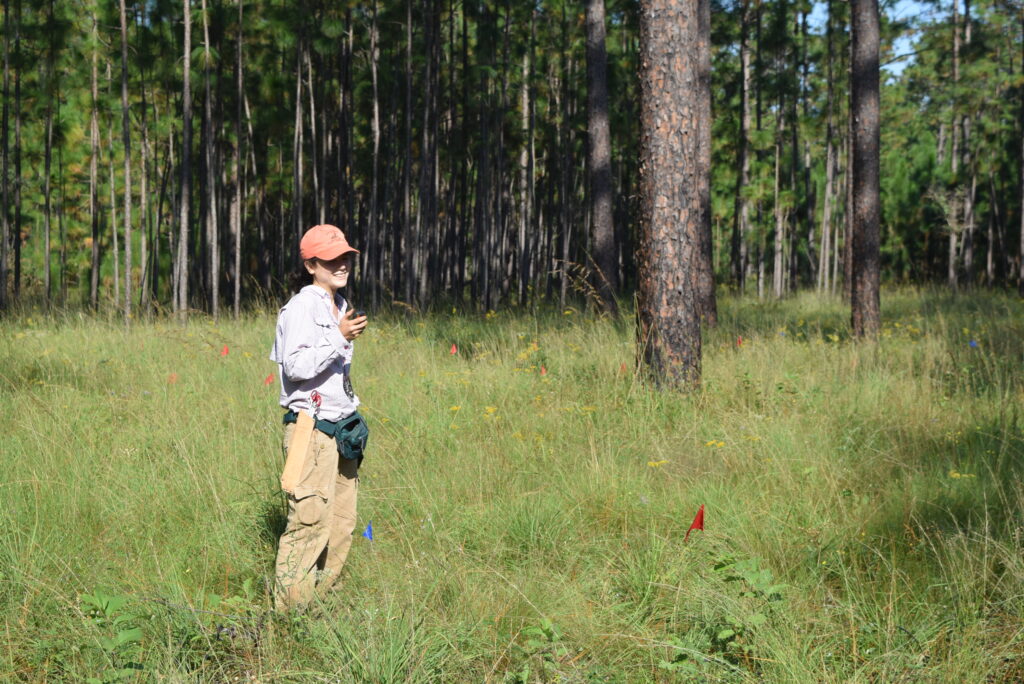
The Landscape Ecology lab is teaming up with Dr. Timothy Shearman from Auburn University to recruit a motivated MS student to study how repeated prescribed fire influences mortality from hurricanes. Applications are due by March 1, 2024! Classwork will be completed at Auburn and fieldwork completed at the Jones Center at Ichauway. Please share this unique opportunity widely!
New study: Hurricanes boost reproduction in longleaf pine
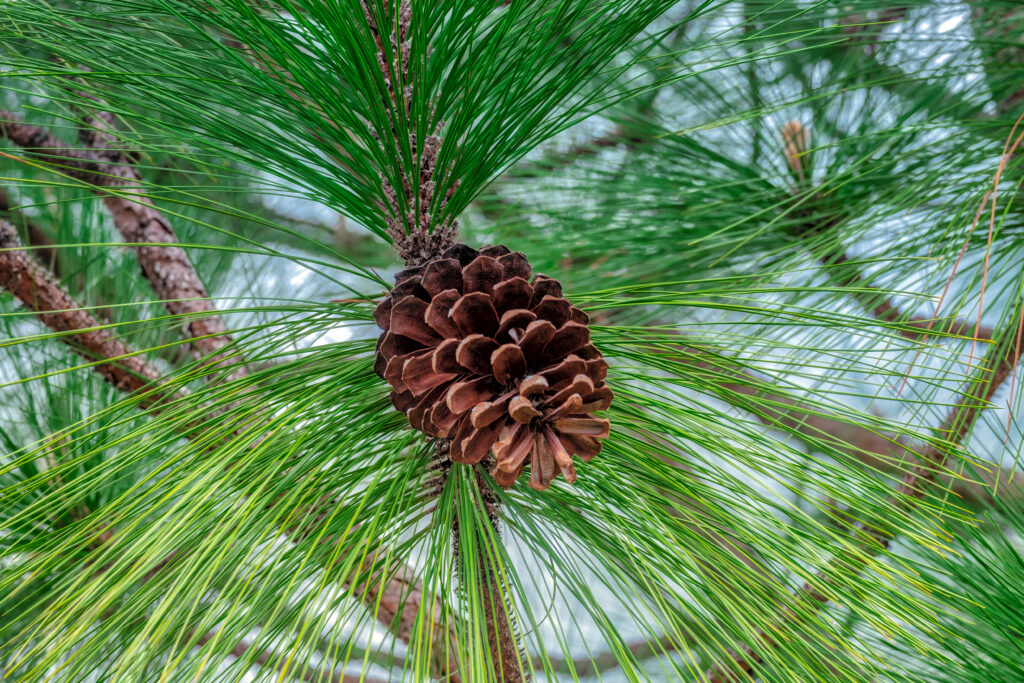
Using long-term records of longleaf pine cone production, hurricane tracks, and weather data, a new study has uncovered that hurricanes can boost cone production for two years in the masting species, longleaf pine. The study was led by the Jones Center and the USDA Forest Service Southern Research Station and published in the journal New Phytologist.
New study: Patterns of hurricane gaps in a longleaf pine landscape
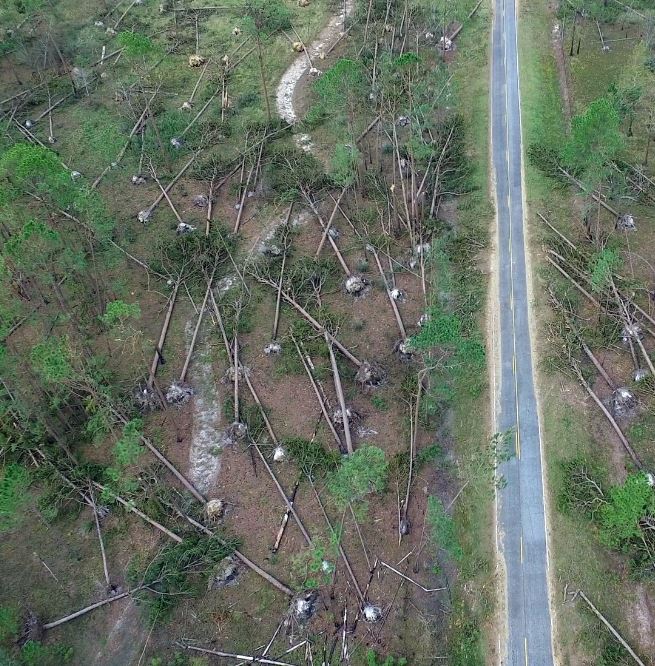
Ecological approaches to forestry seek to emulate aspects of natural disturbances like hurricanes which are a common disturbance in longleaf pine forets. This study used airborne lidar to measure patterns of hurricane-created gaps to offer guidance for application of natural disturbance-based management in landscapes dominated by longleaf pine.
Ichauway Forest Dynamics Plot included in global Smithsonian network

The Ichauway Forest Dynamics plot is a 40 acre research plot in a longleaf pine-oak woodland which consists of 18,000+ mapped trees over 1 cm in diameter. The new infastructure will support long-term research in longleaf pine and fire dynamics in the southeastern U.S.
New study: Longleaf pine resilience after Hurricane Michael

A new study led by University of Florida and Landscape Ecology lab alumnus Cody Pope was published in the journal Forest Ecology and Management. The study examined growth of longleaf pine and associated oak saplings for 2 years after hurricane Michael, and found that canopy removal may benefit longleaf pine over competing oak species, indicating that hurricanes may reinforce and stabilize longleaf pine dominace in frequent-fire forests.